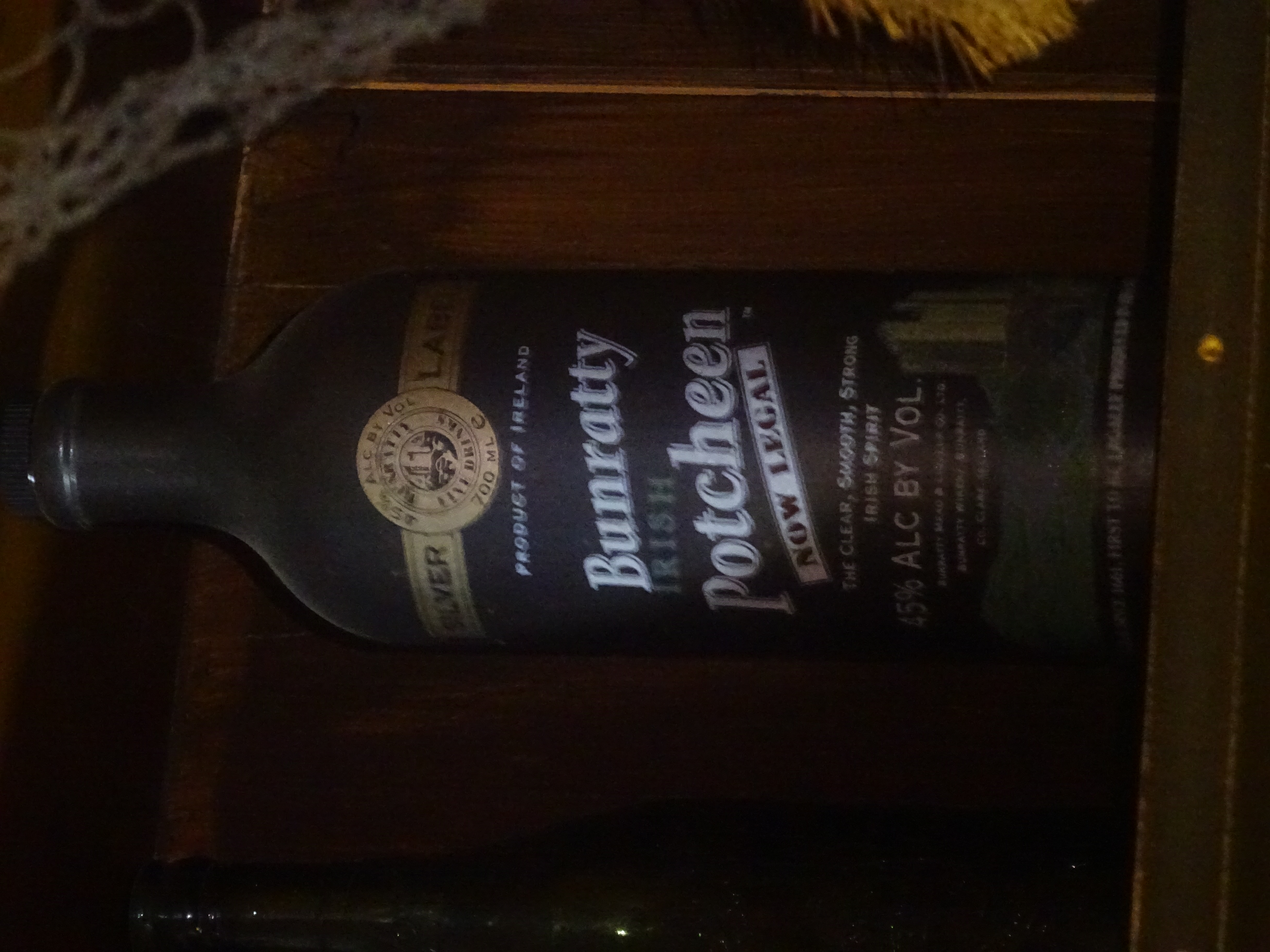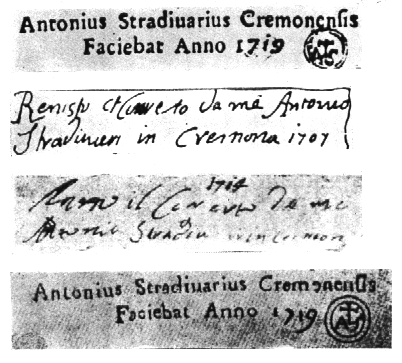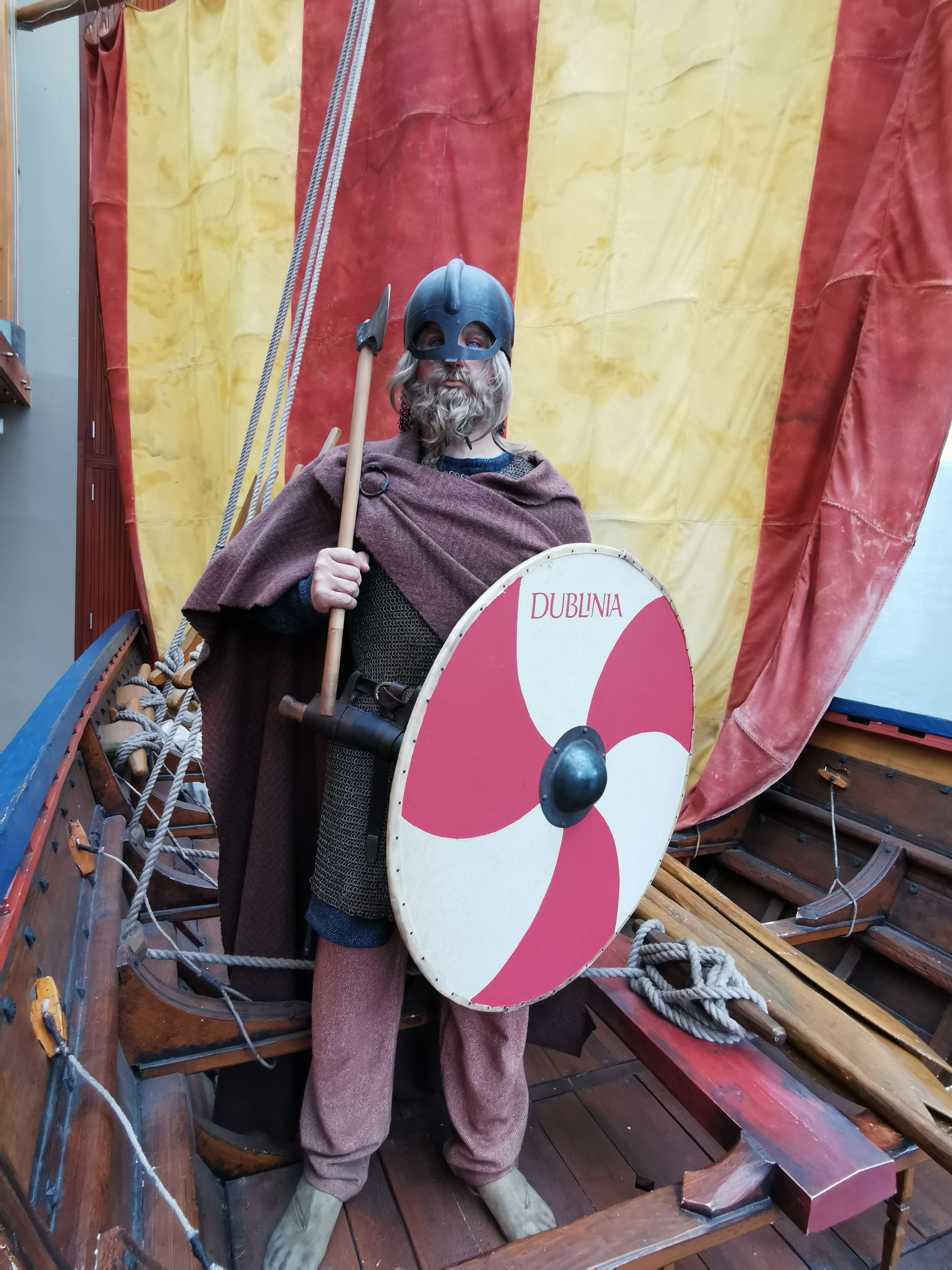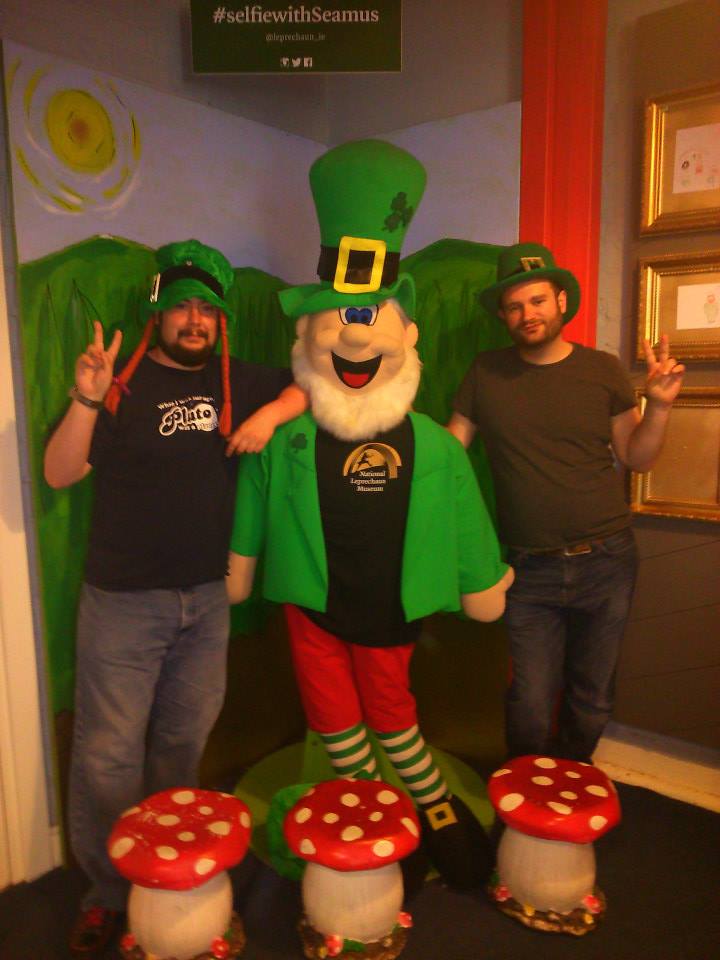|
Darby O'Gill And The Little People
''Darby O'Gill and the Little People'' is a 1959 American fantasy adventure film produced by Walt Disney Productions, adapted from the ''Darby O'Gill'' stories of Herminie Templeton Kavanagh. Directed by Robert Stevenson and written by Lawrence Edward Watkin, the film stars Albert Sharpe as O'Gill alongside Janet Munro, Sean Connery, and Jimmy O'Dea. It was released on Walt Disney Home Video via video cassette in October 1981. Plot Darby O'Gill and his daughter, Katie, live in Rathcullen, a small Irish town, where Darby is the caretaker for Lord Fitzpatrick's estate. Darby continually tries to catch a tribe of leprechauns, particularly their king, Brian Connors. Lord Fitzpatrick retires Darby, replacing him with a young Dubliner named Michael McBride. Darby begs Michael not to tell Katie he has been replaced, and he reluctantly agrees. While chasing a '' púca'' disguised as Fitzpatrick's horse Cleopatra, Darby is captured by the leprechauns and taken to their mountain la ... [...More Info...] [...Related Items...] OR: [Wikipedia] [Google] [Baidu] |
Film Poster
A film poster is a poster used to promote and advertise a film primarily to persuade paying customers into a theater to see it. Studios often print several posters that vary in size and content for various domestic and international markets. They normally contain an image with text. Today's posters often feature printed likenesses of the main actors. Prior to the 1980s, illustrations instead of photos were far more common. The text on film posters usually contains the film title in large lettering and often the names of the main actors. It may also include a tagline, the name of the director, names of characters, the release date, and other pertinent details to inform prospective viewers about the film. Film posters are often displayed inside and on the outside of movie theaters, and elsewhere on the street or in shops. The same images appear in the film exhibitor's pressbook and may also be used on websites, DVD (and historically VHS) packaging, flyers, advertisements in newspap ... [...More Info...] [...Related Items...] OR: [Wikipedia] [Google] [Baidu] |
Walt Disney Pictures
Walt Disney Pictures is an American film Film production company, production company and subsidiary of Walt Disney Studios (division), the Walt Disney Studios, a division of Disney Entertainment, which is owned by the Walt Disney Company. The studio is the flagship producer of Live action, live-action feature films and animation within the Walt Disney Studios unit and is based at the Walt Disney Studios (Burbank), Walt Disney Studios in Burbank, California. Animated films produced by Walt Disney Animation Studios and Pixar, Pixar Animation Studios are also released under the studio banner. Walt Disney Studios Motion Pictures distributes and markets the films produced by Walt Disney Pictures. Disney began producing live-action films in the 1950s. The live-action division became Walt Disney Pictures in 1983, when Disney reorganized its entire studio division, which included the separation from the feature animation division and the subsequent creation of Touchstone Pictures. At the ... [...More Info...] [...Related Items...] OR: [Wikipedia] [Google] [Baidu] |
Poitín
Poitín (), anglicized as poteen () or potcheen, is a traditional Irish distilled beverage (40–90% ABV). Former common names for Poitín were "Irish moonshine" and "mountain dew". It was traditionally distilled in a small pot still, and the term is a diminutive of the Irish word '' pota'', meaning "pot". In accordance with the Irish Poteen/Irish Poitín technical file, it can be made only from cereals, grain, whey, sugar beet, molasses and potatoes. Legal status At the parliament at Drogheda in 1556, a requirement for a licence to distill spirits was introduced. Today in Ireland, there are a number of commercially produced spirits labelled as poitín, poteen, or potcheen. In 2008, Irish poitín was accorded (GI) Geographical Indicative Status by the EU Council and Parliament. In 2015, in consultation with producers and stakeholders, the Irish Government adopted the Geographical Indication technical file for poitín, outlining the production methods that must be used in ... [...More Info...] [...Related Items...] OR: [Wikipedia] [Google] [Baidu] |
Stradivarius
A Stradivarius is one of the string instruments, such as violins, violas, cellos, and guitars, crafted by members of the Stradivari family, particularly Antonio Stradivari (Latin: Antonius Stradivarius), in Cremona, Italy, during the late 17th and early 18th centuries. These instruments are known for their craftsmanship, tonal quality, and lasting legacy, and are considered some of the finest ever made. Stradivari's violins, in particular, are coveted by musicians and collectors, with many selling for millions of dollars. Antonio Stradivari made over 1,100 instruments, with approximately 650 surviving today. The exact methods Stradivari used to produce the instruments' famed sound remain unknown, with theories ranging from the unique quality of the wood used during the Little Ice Age to the varnishes and chemical treatments applied. Despite extensive scientific research, including modern acoustic analysis and CT scans, no one has been able to conclusively replicate or fully expl ... [...More Info...] [...Related Items...] OR: [Wikipedia] [Google] [Baidu] |
Púca
The púca ( Irish for ''spirit/ghost''; plural púcaí), puca (Old English for ''goblin''), also pwca, pookah, phouka, and puck, is a creature of Celtic, English, and Channel Islands folklore. Considered to be bringers both of good and bad fortune, they could help or hinder rural and marine communities. Púcaí can have dark or white fur or hair. The creatures were said to be shape-changers that could take the appearance of horses, goats, cats, dogs, and hares. They may also take a human guise, which includes various animal features, such as animal ears or a tail. Etymology and analogues The origin of the name is debated, with some theorising that it originated in the Irish language, but with a different spelling as there was no ''p'' sound in Primitive Irish. It appears, from place name evidence, to have been in use as early as the 8th century. Since it is a 'cultural' rather than a practical word that might be used in trading, it is thought to reflect greater cultural con ... [...More Info...] [...Related Items...] OR: [Wikipedia] [Google] [Baidu] |
Dublin
Dublin is the capital and largest city of Republic of Ireland, Ireland. Situated on Dublin Bay at the mouth of the River Liffey, it is in the Provinces of Ireland, province of Leinster, and is bordered on the south by the Dublin Mountains, part of the Wicklow Mountains range. Dublin is the largest city by population on the island of Ireland; at the 2022 census of Ireland, 2022 census, the city council area had a population of 592,713, while the city including suburbs had a population of 1,263,219, County Dublin had a population of 1,501,500. Various definitions of a metropolitan Greater Dublin Area exist. A settlement was established in the area by the Gaels during or before the 7th century, followed by the Vikings. As the Kingdom of Dublin grew, it became Ireland's principal settlement by the 12th century Anglo-Norman invasion of Ireland. The city expanded rapidly from the 17th century and was briefly the second largest in the British Empire and sixth largest in Western Europ ... [...More Info...] [...Related Items...] OR: [Wikipedia] [Google] [Baidu] |
Leprechaun
A leprechaun () is a diminutive supernatural being in Irish folklore, classed by some as a type of solitary fairy. They are usually depicted as little bearded men, wearing a coat and hat, who partake in mischief. In later times, they have been depicted as shoe-makers who have a hidden pot of gold at the end of the rainbow. Leprechaun-like creatures rarely appear in Irish mythology and only became prominent in later folklore. Etymology The Anglo-Irish (Hiberno-English) word ''leprechaun'' is descended from Old Irish ''luchorpán or lupracán'', via various (Middle Irish) forms such as ''luchrapán, lupraccán'', (or var. ''luchrupán''). Modern forms The current spelling is used throughout Ireland, but there are numerous regional variants. John O'Donovan's supplement to O'Reilly's ''Irish-English Dictionary'' defines as "a sprite, a pigmy; a fairy of a diminutive size, who always carries a purse containing a shilling".O'Donovan in O'Reilly (1817)''Irish Dict''. Suppl., ... [...More Info...] [...Related Items...] OR: [Wikipedia] [Google] [Baidu] |
Republic Of Ireland
Ireland ( ), also known as the Republic of Ireland (), is a country in Northwestern Europe, north-western Europe consisting of 26 of the 32 Counties of Ireland, counties of the island of Ireland, with a population of about 5.4 million. Its capital city, capital and largest city is Dublin, on the eastern side of the island, with a population of over 1.5 million. The sovereign state shares its only land border with Northern Ireland, which is Countries of the United Kingdom, part of the United Kingdom. It is otherwise surrounded by the Atlantic Ocean, with the Celtic Sea to the south, St George's Channel to the south-east and the Irish Sea to the east. It is a Unitary state, unitary, parliamentary republic. The legislature, the , consists of a lower house, ; an upper house, ; and an elected President of Ireland, president () who serves as the largely ceremonial head of state, but with some important powers and duties. The head of government is the (prime minister, ), ... [...More Info...] [...Related Items...] OR: [Wikipedia] [Google] [Baidu] |
Albuquerque Journal
The ''Albuquerque Journal'' is the largest newspaper in the U.S. state of New Mexico. History The ''Golden Gate'' newspaper was founded in June 1880. In the fall of 1880, the owner of the ''Golden Gate'' died and Journal Publishing Company was created. Journal Publishing changed the paper's name to ''Albuquerque Daily Journal'' and issued its first edition of the ''Albuquerque Daily Journal'' on October 14, 1880. The ''Daily Journal'' was first published in Old Town Albuquerque, but in 1882 the publication moved to a single room in the so-called new town (or expanded Albuquerque) at Second and Silver streets near the railroad tracks. It was published on a single sheet of newsprint, folded to make four pages. Those pages were divided into five columns with small headlines. Advertising appeared on the front page. The ''Daily Journal'' was published in the evening until the first Territorial Fair opened in October 1881. On October 4 of that year, a morning Journal was published in ... [...More Info...] [...Related Items...] OR: [Wikipedia] [Google] [Baidu] |
Herminie Templeton Kavanagh
Herminie Templeton Kavanagh (6 May 1861 – 30 October 1933) was an Irish writer, most known for her short stories. Early life and family Born Minnie Allen McGibney at the British army barracks in Aldershot, England, on 6 May 1861, she was the second of seven children born to Major George McGibney from Templemichael, County Longford, Ireland, and Caroline Allen from Coventry, England. The family moved to Quebec, Canada in 1872. By 1880 Minnie lived in Manhattan with her widowed mother and six siblings and worked as a sales clerk. Her first marriage was to vaudeville performer John Templeton. An article in the ''Chicago Tribune'' later stated that she had been abandoned by her first husband in Chicago circa 1893. After their separation, Minnie worked in Chicago as a clerk and stenographer. She adopted the name Herminie some time before 1900, and published her first writing in 1901. She became Herminie Templeton Kavanagh after her second marriage, to Marcus Kavanagh (1859–193 ... [...More Info...] [...Related Items...] OR: [Wikipedia] [Google] [Baidu] |
Adventure Film
The adventure film is a broad genre of film. Some early genre studies found it no different than the Western film or argued that adventure could encompass all Hollywood genres. Commonality was found among historians Brian Taves and Ian Cameron in that the genre required a setting that was both remote in time and space to the film audience and that it contained a positive hero who tries to make right in their world. Some critics such as Taves limit the genre to naturalistic settings, while Yvonne Tasker found that would limit films such as '' Raiders of the Lost Ark'' (1981) from the genre. Tasker found that most films in the genre featured narratives located within a fantasy world of exoticized setting, which are often driven by quests for characters seeking mythical objects or treasure hunting. The genre is closely associated with the action film, and is sometimes used interchangeably or in tandem with that genre. The setting and visuals are key elements of adventure films. ... [...More Info...] [...Related Items...] OR: [Wikipedia] [Google] [Baidu] |
Fantasy Film
Fantasy films are films that belong to the fantasy genre with fantastic themes, usually Magic (paranormal), magic, supernatural events, mythology, folklore, or exotic fantasy worlds. The Film genre, genre is considered a form of speculative fiction alongside science fiction films and horror films, although the genres do overlap. Fantasy films often have an element of magic, myth, Wonder (emotion), wonder, escapism, and the extraordinary. Subgenres Several sub-categories of fantasy films can be identified, although the delineations between these subgenres, much as in fantasy literature, are somewhat fluid. The most common fantasy subgenres depicted in movies are high fantasy and sword and sorcery. Both categories typically employ quasi-medieval settings, wizards, magical creatures and other elements commonly associated with fantasy stories. High fantasy films tend to feature a more richly developed fantasy world, and may also be more character-oriented or thematically complex. ... [...More Info...] [...Related Items...] OR: [Wikipedia] [Google] [Baidu] |







